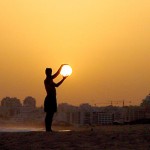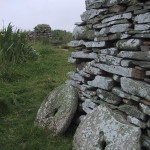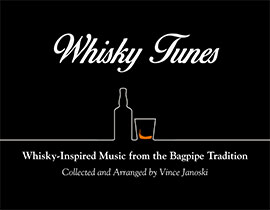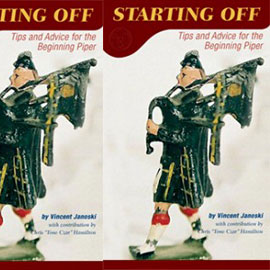Solo Bagpiping Hits the Internet Tipping Point
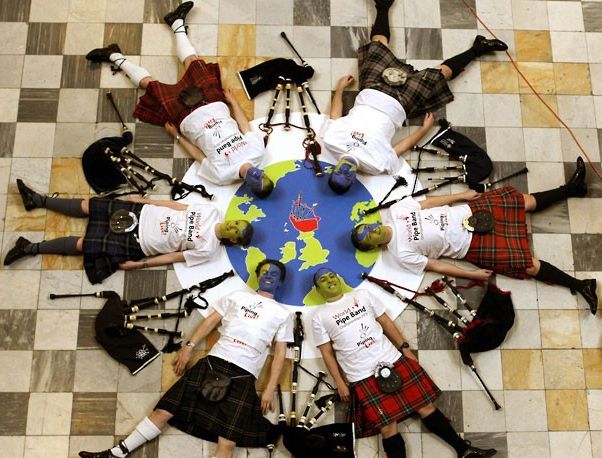 Is it just me or is there an unusual bounty of cool (recent) solo piping to be had over the internet these days? I’m not talking about past things on YouTube and whatnot (though that is good… sometimes).
Is it just me or is there an unusual bounty of cool (recent) solo piping to be had over the internet these days? I’m not talking about past things on YouTube and whatnot (though that is good… sometimes).
It used to be (way back in the old days, oh, like a year or two ago) that one had to wait until well after the event was over for someone to upload their surreptitious video to YouTube. You could get somewhat of a sense of the event by the random assortment of competitors. Casual video is a poor way to record bagpiping though and the sound is often terrible. You had to be satisfied with whatever appeared. Slowly, the time between the finish of the event and the first video began to shrink until we are where we are now—seeing footage of events as they happen in real time, or as close as you can get.
Starting with the World Pipe Band Championships, August saw the Grade 1 streamed live by the BBC. October saw the first live stream of the Glenfiddich championships from Blair Castle, what is considered the “worlds” of solo piping. January saw Dojo University live stream the solo competitions from Winter Storm in Kansas City, MO. Just this past weekend, the BC Piper’s Society live-streamed their indoor knockout. And now, intrepid spectator Andy Graham has posted the audio of the contestants from this past weekend’s City of Edinburgh Pipe Band’s Wheel of Fortune solo indoor.
Aside from all of these events featuring great piping from a variety of performers, the formats on display for the world to experience are just as varied. The Glenfiddich was hardcore traditional competitive solo bagpiping featuring the best the world has to offer. The US Gold Medal light music was a mix of idioms in a medley format featuring a well blended list of North Americans. The BC knockout also had a medley format that featured a mix of tunes on display played by pipers most of us have never met (unless that is your home region). The Wheel of Fortune contest, held just this past Saturday, seemed a relaxed, free form atmosphere with the performances to match. The sets are chosen in part by a spin of the “wheel” which selects things such as tune size, composer, idiom, etc. Competitors then have to pull out what they know and serve it up. The result is a fun listen to some of the best players in the world playing sets of classic two-parted 6/8s, a bunch of little jigs, hot tunes by the likes of Gordon Duncan, or big tunes by historic composers. A far cry from the overdone MSR format.
Once upon a time, we only heard about these varied events and formats and read their results from various sources. They were distant things of interest to us pipers. Then we saw and heard footage. Now we’re experiencing them first hand. Distance be damned.
This varied mix of formats bodes well. Not just for the events themselves, who dare to innovate solo piping and push things in new directions, but also for interested listeners who may take those ideas further. I think one of the side benefits to this kind of internet exposure is that your event doesn’t have to be the Glenfiddich to justify bringing it to the bagpiping masses. Events big and small are able to put enjoyable piping on display and give performers a chance to, well, perform to a wider audience.
No longer locked into hearing only the players in their local regions, pipers all over the globe can listen to what piping is like out in the wild, in action, as it’s happening. And solo piping is best experienced live, isn’t it? Recordings and videos just don’t offer the same experience. There’s something about not being able to hit “pause” to get a drink during a live event that forces your senses to take note of what’s going on. The interaction between perceiver and the perceived has a different dynamic.
The wider exposure offered by “webcasting” for events big and small can have a tremendous viral effect as we know. But far from folks becoming inspired to make a new silly cat video, my hope would be that inspiration would generate interest in new piping events. New ideas and formats for competitions, as well as high-quality traditional formats, exposed to a wider audience, create positive ripples in the quality and content of what we see in other, lesser known venues. It’s this activity that supports a healthy, living tradition. Let’s hope it continues.
-
Graham Durant-Law
 Pipehacker
Pipehacker

